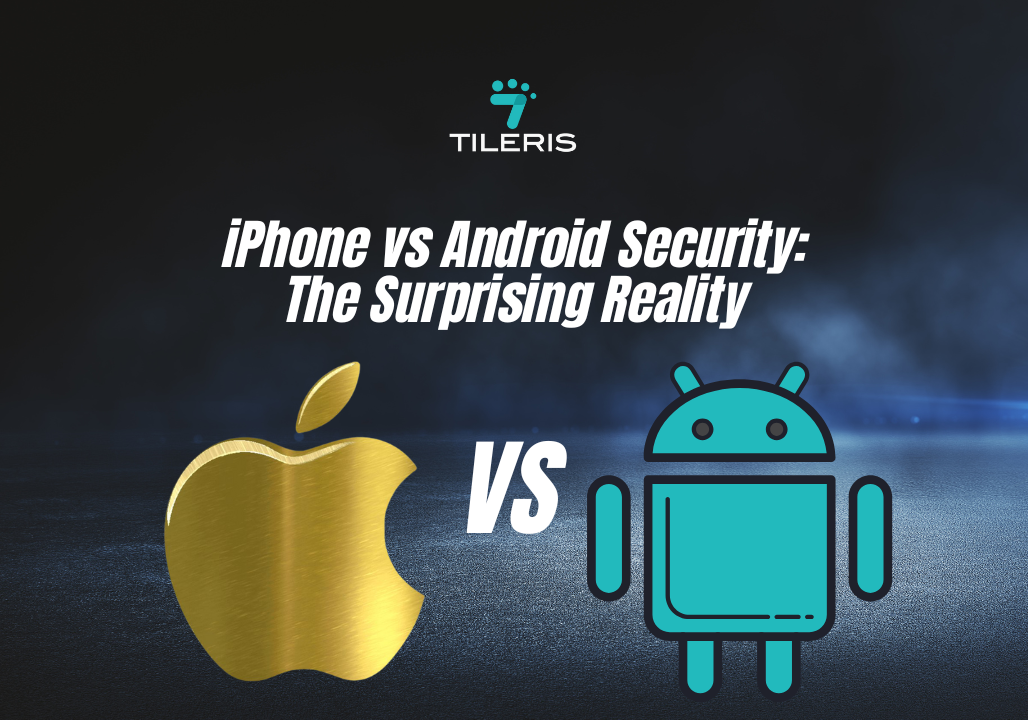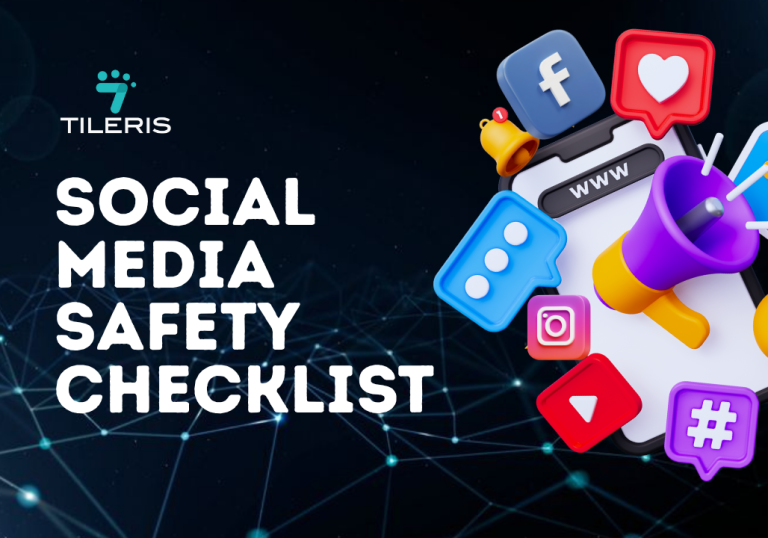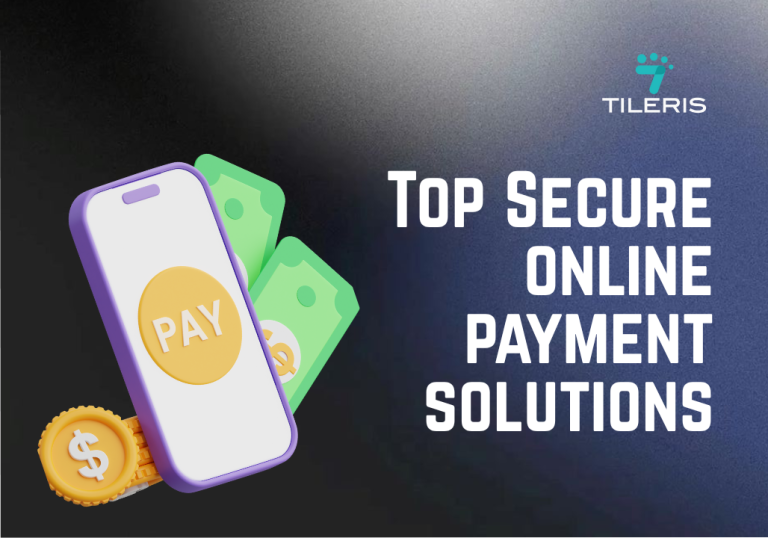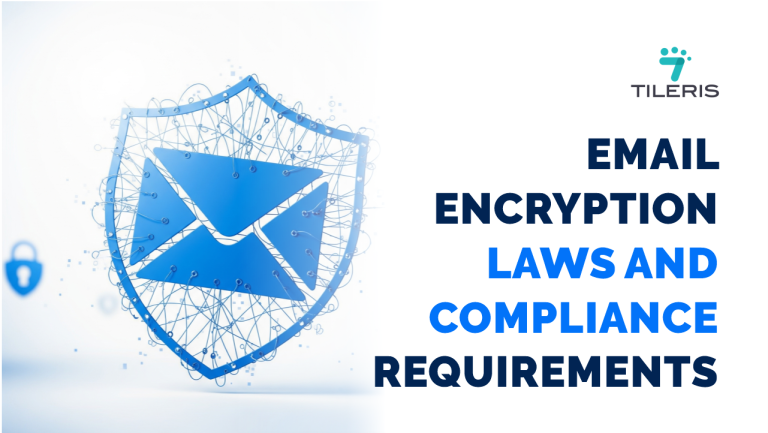Android Vs iPhone Security: The SHOCKING Truth Nobody Tells You
Introduction
If you’re reading this, you’re probably curious about whether iPhone security is truly better than Android security, or if it’s all just clever marketing. Every time a phone gets hacked, the debate sparks up again. Is your beloved Android device basically a digital open door? Or is iPhone security all hype with no real muscle?
Let’s just say, the truth is way more complicated, and honestly, a bit shocking. Most people assume iPhones are “unhackable,” while Androids are pure digital chaos. But is that still true in 2025? With our entire lives locked inside these little rectangles, from banking apps to private messages, understanding iPhone security and Android security isn’t optional anymore. It’s survival.
Let’s walk through the real deal, we’re going to pull back the curtain and have an honest conversation about what truly protects your digital life, and what might be leaving you more vulnerable than you think.
The Foundation: Architectural Philosophies of iPhone Security and Android Security
To truly grasp the differences in iPhone security and Android security, we need to start at their very core which is, their respective architectural philosophies. Think of it like building a house. Apple’s approach, particularly for iPhone security, is akin to building a custom-designed, tightly integrated, and heavily controlled mansion. Every brick, every pipe, every wire is chosen and installed by Apple, and they maintain strict control over who can enter and what modifications can be made. This “walled garden” approach is central to Apple’s security strategy.
On the other hand, Android’s philosophy for Android security is more like a bustling city with many different architects, contractors, and builders contributing. Google provides the foundational infrastructure, the Android Open Source Project, or AOSP , but device manufacturers like Samsung, Google (with its Pixels), OnePlus, and many others, then build their own unique structures on top of it. This open-source, more fragmented ecosystem defines much of the challenge and opportunity within Android security.
The “Walled Garden” of iPhone Security
Apple’s control over both hardware and software is often cited as its greatest advantage in iPhone security. When you buy an iPhone, you’re buying a device where the operating system (iOS) is specifically designed and optimized for that particular hardware. This tight integration allows Apple to implement security features at a very deep level.
“Apple’s vertical integration gives them an unparalleled ability to control the entire software and hardware stack,” notes security expert Bruce Schneier. “This simplifies the security model significantly compared to more fragmented ecosystems.” This means fewer variables, fewer potential points of entry for attackers, and a more consistent security posture across all iPhones.
For instance, Apple’s App Store is the sole gateway for applications on iOS. Every app undergoes a rigorous review process before it’s made available to users. This process checks for malicious code, privacy violations, and adherence to Apple’s strict guidelines. While not foolproof, it significantly reduces the risk of users inadvertently downloading malware. This centralized control is a major pillar of iPhone security.
Furthermore, Apple is known for its timely and consistent software updates. When a security vulnerability is discovered in iOS, Apple typically pushes out a patch to all supported devices simultaneously. This ensures that a vast majority of iPhone users are quickly protected, a critical aspect of maintaining robust iPhone security.
The Open Plains of Android Security
Now, let’s talk about Android security. Here’s where things get interesting. Android security navigates a landscape defined by openness and fragmentation. While Google designs the core Android operating system, individual device manufacturers customize it with their own user interfaces, pre-installed apps, and drivers. This means an Android phone from Samsung will have different software nuances than a Google Pixel or a OnePlus device.
This diversity is both a strength and a weakness for Android security. The open-source nature of Android allows for greater transparency and community involvement in identifying and fixing vulnerabilities. Security researchers can scrutinize the code, and their findings can lead to quicker patches.
However, the fragmentation presents a significant challenge when it comes to delivering those patches. While Google releases monthly Android security updates, it’s up to individual device manufacturers and mobile carriers to push those updates to their users. This often leads to delays, with some older or less popular devices receiving updates much later, or not at all. This update lag is a long-standing concern in Android security.
The Android ecosystem is a blessing and a curse for security, the openness allows for more eyes on the code, but the sheer number of vendors and device variants makes unified security patching a monumental task. This disparity in update timeliness is one of the most significant differentiators when comparing iPhone security and Android security.
Another key aspect of Android security is app distribution. While Google Play Store has its own robust security measures, Android allows for “sideloading” apps from third-party sources. While this offers greater flexibility and freedom, it also opens the door to a higher risk of installing malicious applications if users aren’t careful.
This greater user freedom, while appreciated by many, inherently carries a different risk profile for Android security compared to the more restrictive iPhone security.
App Stores: Who Do You Trust More?
Let’s break it down. On iPhone, you’ve got one App Store. Apple is the gatekeeper. If an app has spyware, Apple can and often does, remove it remotely from all affected devices. That’s iPhone security in action.
On Android, you’ve got choices. Google Play is the main store, but it’s not the only one. Want to install an app from Amazon’s Appstore, APKMirror, or even Telegram links? You can. That flexibility is part of Android’s DNA, but it also bypasses many of Android security’s protections.
Cybersecurity firm Zimperium reported that Sideloaded apps are amongst the top 3 risks for both iOS and Android devices per. That doesn’t mean Android security or iOS Security is broken, it means users have more room to make dangerous choices.
Security Updates: Who’s Faster?
This might be the most frustrating area of all. When Apple releases a new version of iOS, almost every iPhone that’s still supported gets it the same day. You don’t need to check your brand’s website. You don’t need to wait for your carrier. iPhone security updates are fast, universal, and consistent.
Compare that to Android. Google Pixel phones get timely updates. But if you’re using other Android devices from other manufacturers, you could wait weeks, or months. Some devices never get major Android security patches at all. And outdated software is a hacker’s paradise. If Android security has a weak point, it’s here.
Your Role in iPhone Security and Android Security
Here’s the “shocking truth” that often gets overlooked: the most sophisticated security features in the world mean little if the human using the device isn’t practicing good digital hygiene. This isn’t just about iPhone security or Android security; it’s about your security.
Phishing and Social Engineering
One of the most pervasive and dangerous threats to both iPhone security and Android security isn’t a flaw in the operating system itself, but rather human susceptibility to deception. Phishing attacks, where cybercriminals attempt to trick you into revealing sensitive information, are platform-agnostic. Whether you’re on an iPhone or an Android, a convincing fake email from your bank, a text message purporting to be from a shipping company, or a malicious link shared on social media can compromise your data.
This means that even with the robust protections of iPhone security, if you fall for a phishing scam and give away your Apple ID credentials, your device can still be compromised. Similarly, for Android security, the most secure Android phone can be breached if you click on a malicious link that downloads malware or gives an attacker remote access.
App Permissions
Both Android and iOS have sophisticated permission systems that control what information apps can access (your location, contacts, microphone, camera, etc.). However, how users manage these permissions can drastically impact their personal iPhone security and Android security.
On Android, due to its greater openness, it’s particularly important to be mindful of app permissions. When installing an app, take a moment to review what permissions it’s requesting. Does a simple Notepad app really need access to your contacts and microphone? Probably not. Granting excessive permissions can leave your data vulnerable. For robust Android security, regularly review app permissions in your settings.
While iOS is generally more restrictive, iPhone security also benefits from users paying attention to permissions. Apple has made strides in recent versions of iOS to make permission requests more transparent and granular. For example, you can choose to grant an app access to your precise location or just your approximate location. Taking advantage of these options significantly enhances your personal iPhone security.
The Power of Updates: A Non-Negotiable for Both Android Security and iPhone Security
We touched on the importance of timely updates earlier, but it bears repeating, keeping your device’s operating system and apps updated is perhaps the single most crucial step you can take to bolster your iPhone security or Android security.
Software updates aren’t just about new features, they frequently contain critical security patches that fix vulnerabilities discovered by researchers or actively exploited by attackers. Running outdated software is like leaving a known backdoor open for cybercriminals.
For iPhone users, this is relatively straightforward, enabling automatic updates or regularly checking for them. Apple’s consistent update schedule means you’re generally well-protected. This plays a huge role in the reputation of iPhone security.
For Android users, while the update landscape is more complex, it’s still imperative. If your device manufacturer or carrier provides updates, install them immediately. If your device no longer receives security updates, it’s a strong indicator that it’s time to consider an upgrade, as its Android security posture will be increasingly compromised over time.
Beyond the OS: The Ecosystem and Peripheral Factors in Android Security and iPhone Security
The discussion around iPhone security and Android security often focuses solely on the operating system itself. However, the broader ecosystem, including third-party accessories, cloud services, and even your home network, plays a significant role in your overall digital safety.
Cloud Security: iCloud and Google Drive
Both Apple and Google offer cloud storage services iCloud and Google Drive, respectively that integrate deeply with their mobile platforms. The security of these services is paramount, as they often house sensitive personal data, photos, and backups.
Apple employs strong encryption for data stored in iCloud, both in transit and at rest. Features like end-to-end encryption for certain data types like Health data and Wallet information further enhance iPhone security when relying on iCloud. However, it’s worth noting that not all data in iCloud is end-to-end encrypted by default, and access can be granted with a legal warrant.
Google also utilizes robust encryption for data in Google Drive and its other cloud services. Their infrastructure is built with security in mind, leveraging advanced threat detection and prevention mechanisms. For Android security, relying on Google’s cloud services generally provides a strong security foundation. However, as with any cloud service, the security of your data ultimately depends on the strength of your password and the security of your account. Two-factor authentication (2FA) is non-negotiable for both iCloud and Google accounts to enhance both iPhone security and Android security.
Hardware Security
Both iPhones and many Android devices incorporate dedicated hardware security components designed to protect sensitive data like biometric information fingerprints, facial scans and encryption keys.
Apple’s Secure Enclave is a separate, isolated hardware component within the iPhone’s processor that handles biometric data and cryptographic operations. It’s designed so that even if the main processor is compromised, the data within the Secure Enclave remains protected. This is a critical element of deep-level iPhone security.
Similarly, many modern Android devices utilize ARM’s TrustZone technology, which creates an isolated environment (Trusted Execution Environment or TEE) for sensitive operations. This TEE acts as a secure space for handling critical functions, including biometric authentication and secure boot processes, significantly bolstering Android security. While the implementation can vary between Android manufacturers, the underlying principle of hardware-level isolation is crucial for both iPhone security and Android security.
Safari vs. Chrome
The web browser is a primary interface to the internet, and its security features directly impact your overall digital safety, regardless of whether you’re using an iPhone or Android.
Safari, the default browser on iPhones, benefits from Apple’s privacy-centric approach. It includes features like Intelligent Tracking Prevention, which helps block cross-site tracking, and private Browse modes. These contribute to enhanced iPhone security when browsing the web.
On Android, Chrome is the dominant browser, but users have a wider choice of alternatives. Chrome includes features like Safe Browse, which warns users about malicious websites, and sandboxing, which isolates web processes to prevent attacks from spreading. Many other browsers like Firefox and Brave also offer strong security and privacy features, allowing Android users to tailor their Browse experience for optimal Android security. Ultimately, choosing a reputable, regularly updated browser is key for both platforms.
The Verdict: No Single “Winner” in iPhone Security vs. Android Security
So, after all this, what’s the shocking truth? It’s not that one is inherently “bad” and the other “good.” The shocking truth is that the narrative of a clear-cut winner in the iPhone security vs. Android security debate is largely a myth. Both platforms have their unique strengths and weaknesses, and both have evolved significantly over the years to address security concerns.
iPhone Security: The Advantage of the “Walled Garden”
The consistent control over hardware and software, the rigorous App Store review process, and the timely, unified software updates give iPhone security a clear advantage in terms of baseline protection and consistency across the user base. For users who prioritize simplicity, ease of use, and a tightly controlled environment, the out-of-the-box iPhone security experience is arguably superior. The lower incidence of malware reported on iOS devices, while not entirely representative of all threats, often points to the effectiveness of Apple’s closed ecosystem.
Android Security: The Power of Openness and User Choice
Android security, while more fragmented, benefits from the transparency of open-source development and the ability for users to customize and choose their security tools. Google has made significant strides in recent years with features like Google Play Protect, which scans apps for malware, and a renewed focus on monthly security updates. For users who value flexibility, customization, and a wider range of device options, Android offers a powerful platform. However, the onus is often more on the user to be diligent about updates, app permissions, and source of app downloads for optimal Android security.
Conclusion
The real “shocking truth” is that you are the most critical component in your mobile security. Whether you choose an iPhone or an Android, your habits, your awareness, and your proactive measures will ultimately determine how secure your digital life is.
the debate between iPhone security and Android security is less about which platform is inherently “unhackable” and more about understanding their different approaches and where your own responsibilities lie. Both Apple and Google invest heavily in securing their platforms, and both have made tremendous progress. The real “shocking truth” is that the power to truly secure your digital life rests firmly in your hands, regardless of the phone you carry.
Ready to Lock Down Your Mobile Security?
Download your free Mobile Security Checklist from Tileris! Packed with simple, actionable steps to help both Android and iPhone users strengthen their digital defenses, no tech degree required. Learn how to secure your apps, spot malicious behaviors, and avoid the most common traps that hackers exploit.
Still unsure if your phone is truly safe? Request a free consultation, our Tileris security experts will walk you through the right tools (like TLS, S/MIME, or PGP) based on your phone, usage habits, and goals.
Want to see next-gen mobile protection in action? Request a demo of our Tileris AI Agents and discover how real-time threat detection works, without lifting a finger. Just use our contact form and let us show you what smarter, stress-free security looks like.







